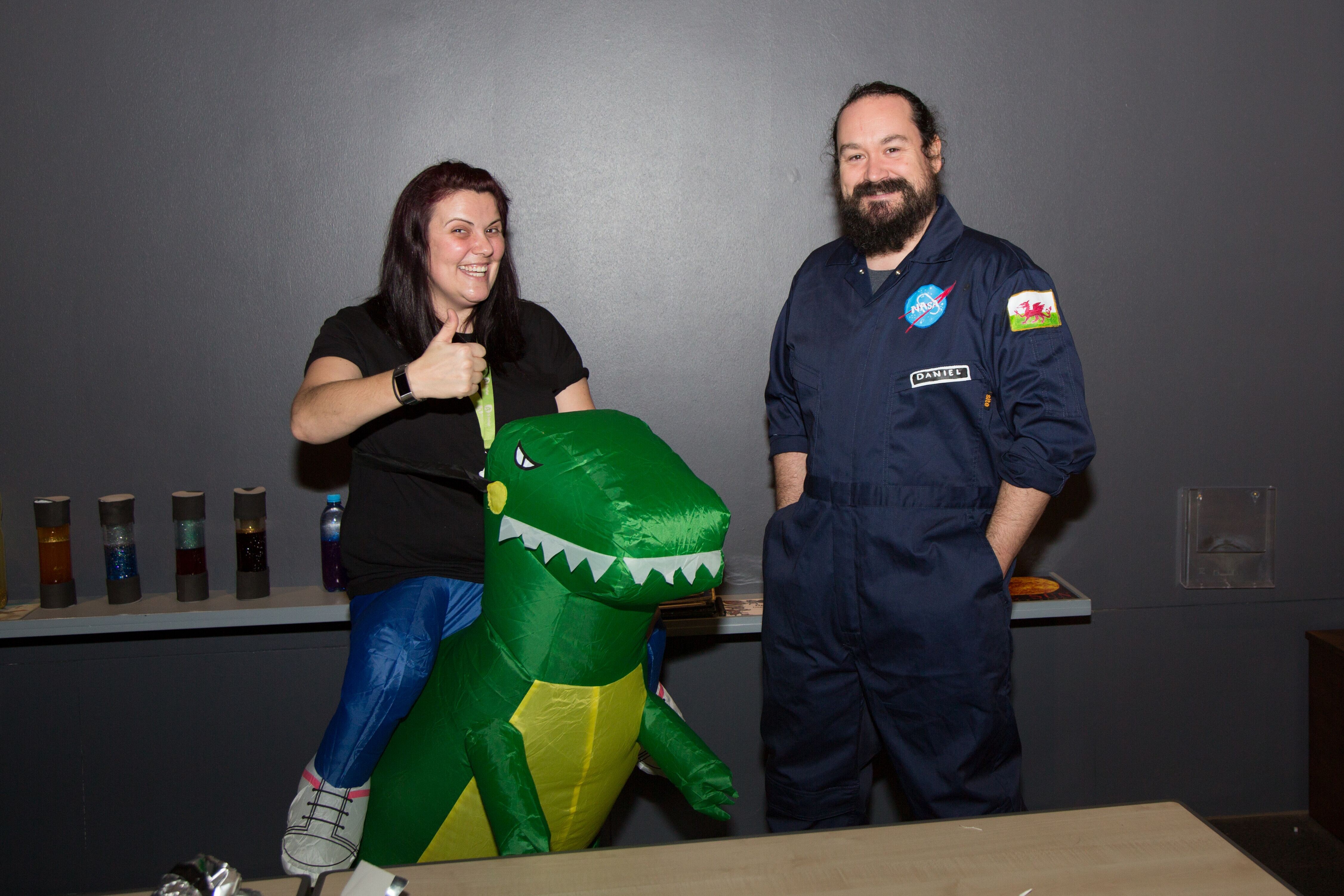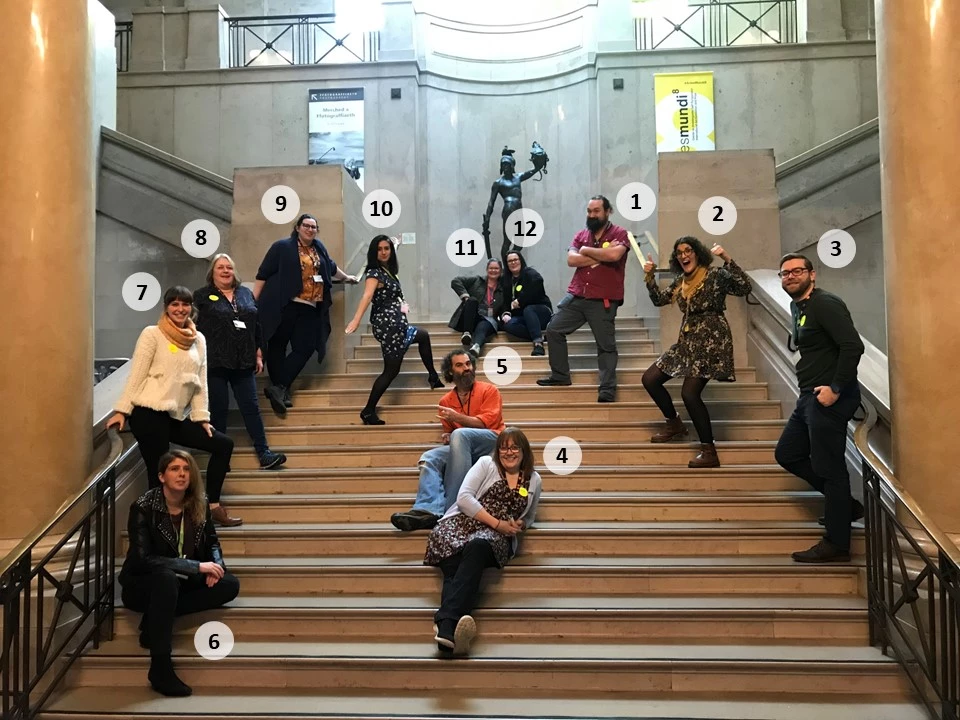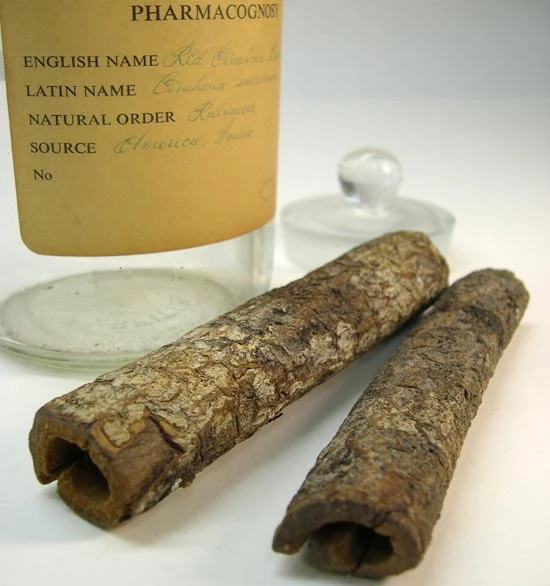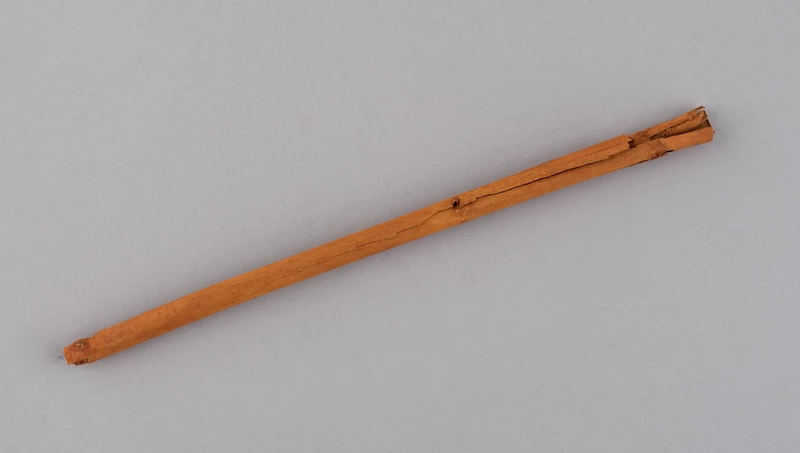A Tweetable Trilobite Alphabet
, 8 Ebrill 2019
Here at Amgueddfa Cymru we have ben busy sharing some of our favourite fossil specimens as part of the twitter hashtag #TrilobiteTuesday
What are Trilobites?
Trilobites were animals that lived in the very ancient oceans, between about 520 and 250 million years ago. Their name means ‘three-lobed’, and comes from the fact that their hard outer shells, or ‘exoskeletons’, were divided into three distinct areas running down the full length of the body. On the underside of the body were numerous pairs of jointed legs, making them look like overgrown woodlice. However, they are a completely extinct type of arthropod, unrelated to modern day pill bugs.
Our Welsh Trilobite Specimens
We are very lucky in Wales, because many of the rocks that make up our rugged landscape were laid down in the bottom of those very ancient oceans that trilobites called home. The Museum’s collections contain a very wide range of these fossils. Thousands of them are stored in wooden drawers in the Palaeontology Stores, sorted according to the geological period during which they lived, and then arranged in alphabetical order based on the name of the genus in which they have been classified. The scientific names of living and fossil things have two parts: the genus, which is the group of closely-related species to which the creature belongs (in our case, Homo); and the species itself, which in our case is sapiens. Therefore humans are known scientifically as Homo Sapiens.
An A-Z of Trilobites
We already tweet some of our favourite fossils from the Museum collections every week from the Natural Sciences Department @CardiffCurator Twitter account for #FossilFriday. So we decided it was time we joined in with another popular palaeontology hashtag, #TrilobiteTuesday. But confronted with such an abundance of trilobites, how do you choose which ones to share with the world? Putting together a trilobite alphabet seemed like a logical way to work through the collections and pick out the best examples. So it was time to dive into those drawers whose labels begin with the letter ‘A’…
Choosing trilobites for the Twitter alphabet turned out to be a fascinating exploration of the way people of the past viewed these fossils, and of the wonderfully creative variety of scientific names bestowed upon living (and once living) things.
For some letters of the alphabet, we were spoilt for choice – should we choose Agnostus, Agraulos, Acaste, Angelina or Asaphus? Decisions were made based on a combination of how complete and attractive the fossils are, and whether their names have an interesting meaning or origin.
Other letters proved to be more of a challenge. There are trilobite genera starting with every letter of the alphabet, but some are rare and not represented in the Museum’s collections. Others are present, but as incomplete specimens that are ill-suited to Twitter stardom. In a couple of cases, we decided instead to highlight important localities where trilobites are found; ‘Utah, USA’ and ‘Volkhov Valley’ offered the alliterative bonus of repeating that tricky initial letter.
The alphabet was also a chance to celebrate the work of Museum scientists in discovering and naming new species - Baliothyreus beck and Rorringtonia kennedyi were two new species named by Dr Bob Owens, who was Head of Palaeontology at the Museum for many years and now an Honorary Research Fellow.
It’s difficult to choose favourites from these 26 remarkable trilobites, but the one with the most delightful name has to be Merlinia, named after Welsh wizard Merlin. People finding its fossilised tails in the past thought that they were butterflies that had been turned to stone. An old legend in the Carmarthen area tells how Merlin fell in love with a fairy sprite. Sadly, she did not return his feelings, and one day she lured him into a cave and cast a spell to turn him to stone. Some butterflies flitting around in the cave were caught up in the magic and can be seen to this day, preserved in the local rocks.
Which tweetable trilobite is your favourite? Click on the link below, and have a scroll through our alphabet to decide.
https://twitter.com/i/moments/1108636415070531585
Glossary:
Arthropod – an invertebrate animal (doesn’t have a backbone) with a hard outer skin and jointed legs. Arthropods include insects, spiders and crustaceans such as crabs and lobsters.







